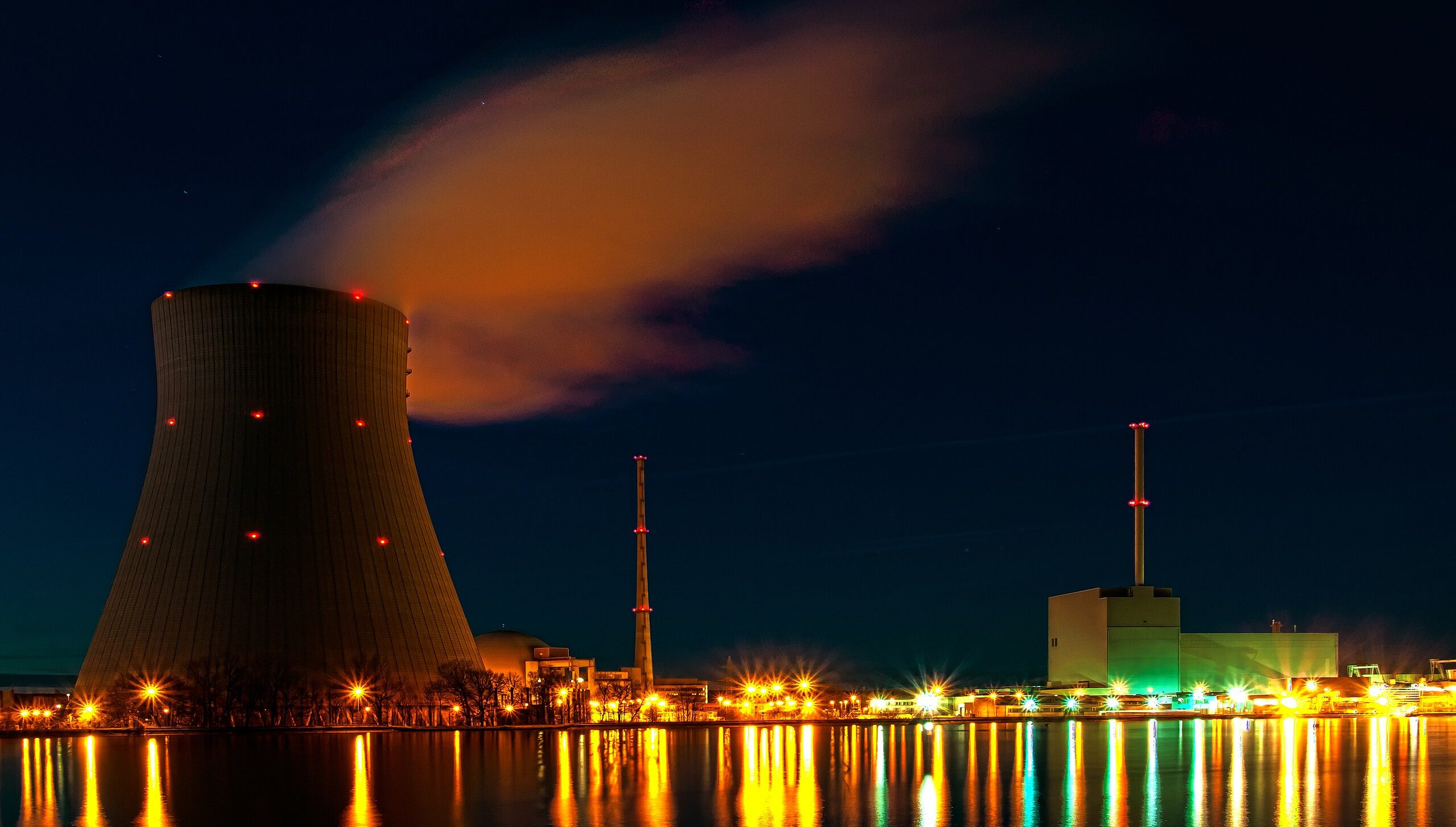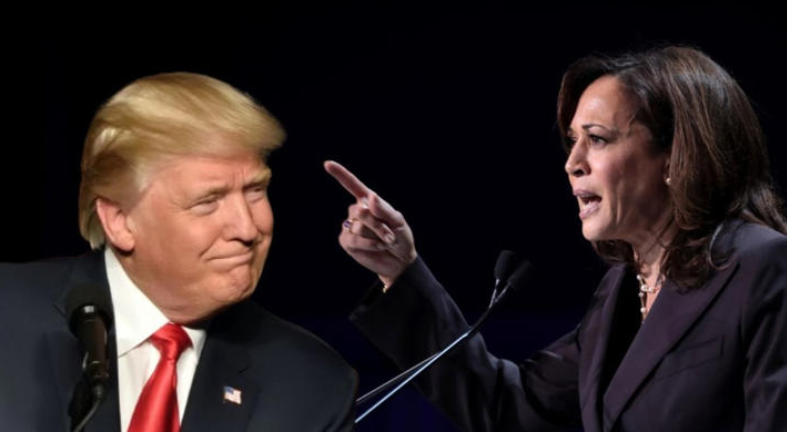
Three-Eyed Fish Served with Green Tripe
The cliched old gag about knowing when a politician is lying — their lips are moving — has never been more clearly illustrated than in the tsunami of misinformation, disinformation and outright whoppers surrounding the current nuclear energy controversy. There should be a rational debate between the Coalition and Labor, which is no less than an energy-rich country with some of the world’s most expensive power deserves. But with Opposition leader Peter Dutton pushing the need for reliable nuclear energy in our power mix, key Labor figures have replied with puerile memes of three-eyed fish, mutant Blinkey Bills and endleess furphies about exorbitant costs and construction time estimates bearing no relation to reality. All it takes is a few mouse clicks to expose those lies.
The Coalition wants to establish seven new nuclear plants at the sites of existing coal-fired power stations marked for retirement. They would feed neatly into the existing power grid, maintaining and firming a mix of gas, solar and wind in the energy system. Labor wants to rely solely on its rushed transition to unreliable renewables to achieve “net zero” by 2050. This will involve covering an area about the size of Tasmania with solar farms and wind turbines, including arable farmland, native forests and mountain ranges, as well as large areas offshore in whale migration routes. Connecting all of these will require an additional 28,000km of new high voltage transmission lines. What could possibly go wrong?
Climate and Energy Minister Chris “Blackout” Bowen says Australia should “stick to the plan” regarding renewables and “not isolate itself from the rest of the world by embracing nuclear, the dearest form of energy, which would take too long to establish.” That is so far from the truth it would be laughable if it not so serious. According to the World Nuclear Association, (WNA) nuclear is the world’s second-largest source of low-carbon power (26% of the total in 2020). There are 440 operable reactors, with 61 under construction. More than 50 countries also utilise nuclear energy in 22 research reactors, which are also used for the production of medical and industrial isotopes, as well as for training.
Newsflash! Mr Bowen and PM Albanese, that would include the Lucas Heights nuclear reactor which has operated successfully since 1958, with an update by the Australian Nuclear Science and Technology Organisation (ANSTO) to an Opal Multipurpose reactor in 2007. The reactor is in the heart of suburban Sydney. However, I’m unaware of any three-eyed fish or mutant koalas there, or citizens who glow in the dark unless it Jew-Haters setting off flares on the Opera House steps.
But I digress. Back to Big Lie number two: Nuclear power plants take too long to build.
But I digress. Back to Big Lie number two: Nuclear power plants take too long to build.
According to Statista.com, nuclear reactors connected to the grid in 2022 had a median construction time of 89 months or almost 7.5 years. The longest median construction time for nuclear reactors was for those connected between 1996 and 2000, at 120 months.
The United Arab Emirates must be among countries much smarter than our leaders think we are because they have managed to establish three large reactors within this reasonable time frame. The UAE embarked upon a nuclear power program in close consultation with the International Atomic Energy Agency, with huge public support. It accepted a $20 billion bid from a South Korean consortium in December 2009 to build four commercial nuclear power reactors, totaling 5.6 GWe, by 2020 at Barakah. Unit 1 of the country’s first nuclear power plant was connected to the grid in August 2020, followed by Unit 2 in September 2021, Unit 3 in October 2022, and Unit 4 in March 2024.
But as Bowen, Albo and other Labor luminaries claim, “nuclear costs a bomb” right?
Well, no. According to the WNA, on a levelized (i.e. lifetime) basis, nuclear power is an economic source of electricity generation, combining the advantages of security, reliability and very low greenhouse gas emissions. Existing plants function well with a high degree of predictability. The operating cost of these plants is lower than almost all fossil fuel competitors, with a very low risk of operating-cost inflation. Plants are now expected to operate for 60 years (and even longer in the future). The main economic risks to existing plants lie in the impacts of subsidized intermittent renewable and low-cost gas-fired generation.
Labor is quick to criticize the Coalition’s scheme as “uncosted” but has never stated the overall cost of its own heavily subsidised green energy transition, including truckloads of financial backing to private companies. Albo obfuscated and dodged the question from Peter Dutton in the House last week , but an independent expert group, Net Zero Australia, claims it will be between $1.3 to $1.5 trillion. ABC finance guru Alan Kohler, who suffers from an advanced case of climate paranoia, recently had this to say:
As for Australia’s capital requirement, the outgoing head of the Net Zero Economy Agency, Greg Combet, told the National Press Club that ‘hundreds of billions of dollars will be needed to achieve Net Zero in Australia by 2050’.
And the rest.
In July last year, a research organisation called Net Zero Australia (a collaboration between the Uni of Melbourne, Uni of Queensland, Princeton and Nous Group) put the cost for Australia at $9 trillion by 2060, or hundreds of billions every year for 36 years…
That makes nuclear seem a bargain.. But here’s a constructive tip for the PM whose promenading on the world stage earned him one of his nicknames – Airbus Albo: Pack all the nuclear nay-sayer Labor Premiers, Queensland’s out of touch LNP Leader David Crissafulli and Victorian Liberal fence sitter John Pesutto along with your Energy Minister Bowen and take an overseas jaunt that actually may bear fruit.
President Macron has called on Australia to lift its nuclear ban after our government rejected a nuclear pledge at the Cop 28 summit last year.
First stop France, where President Macron has called on Australia to lift its nuclear ban after our government rejected a nuclear pledge at the Cop 28 summit last year. That declared intention to triple nuclear energy capacity globally by 2050 was endorsed by more than 20 countries. When asked by 17-year-old Nuclear for Australia founder Will Shackel about nuclear energy’s role in global plans to decarbonise, Macron said he hoped Australia would manage to lift the ban. “Nuclear energy is a source that is necessary to succeed for carbon neutrality in 2050,” he said.
Well, despite his faults, Macron knows that France produces 70 percent of its energy from nuclear and exports power to the EU’s green dream believer — nations such as Germany and Italy: France’s total net exports amounted to 31.1TWh in the second half of the year, with most of the power flowing to Germany (8TWh) and Italy (8TWh). In the first six months of 2023, France’s net exports totalled 17.6TWh.
Sacre bleu, Albo, take your Aussie tour group up to the rich agricultural areas, the vineyards, dairies and cheese factories and enjoy a bottle or three of some of the world’s top wines, with a side serving of gruyere, camembert or roquefort. You’ll all see it’s far from a nuclear wasteland and there’s no three-eyed fish to be caught.
Back on the Airbus, next stop is Germany, which is a great example of how a transition to renewables didn’t work and has placed manufacturing in serious jeopardy, just as it is now in Australia. Even Greens hero Greta Thunberg says Germany should re-open mothballed nuclear plants.
Next study stop is Finland, where there is a big new nuclear plant beside a picturesque lake with more healthy fish.
Next study stop is Finland, where there is a big new nuclear plant beside a picturesque lake with more healthy fish. As a result of the plant coming online last year, Finns went from suffering some of Europe’s highest power prices to enjoying its lowest. They now pay just a fraction of what the wind- and solar-obsessed Germans are forced to pay for their intermittent unreliable renewables.
When Finland fired up its 1,600MW Olkiluoto 3 nuclear plant in April 2023, customers were bound to notice that average spot electricity prices dropped from €245.98 per MWh in December 2022 to €60.55 per MWh hour in April 2023.
And if that doesn’t impress you, jet across the Atlantic to Canada, where cheap nuclear energy is about to expand and power many more homes. Ontario’s government puts it this way:
For decades, Canada and Ontario’s nuclear technology has been world-leading, providing safe, reliable, and affordable non-emitting energy, as well as good jobs for workers, with over 75,000 hard-working Canadians employed across the nuclear supply chain. Today, the governments of Canada and Ontario are working together to advance new nuclear power generation in Ontario to cement our globally recognized competitive advantage, meet growing demand for clean energy and create even more good-paying jobs for Canadians…This funding, from the federal Electricity Predevelopment Program, involves a project that could produce power for up to 4,800,000 homes and businesses in Ontario.
Ontario, which has offered to sell its technology to Australia as a safe, cost-effective power source is also constructing a small modular reactor which Bowen and Albanese claim don’t exist commercially anywhere even though one has been built in China, with more to follow.
Studies over many years including by The Lancet have confirmed that nuclear is the safest form of energy, despite the fear mongering. In fact it’s probably a lot safer than wind turbines and associated survey work which have been blamed for multiple whale strandings off the New Jersey Coast, deaths of hundreds of thousands of birds and bats, as well as less obvious “infrasound” harm to humans and wildlife from low decibel sound waves.
All this should all be enough to convince any reasonable, open minded person that there should be a serious discussion on lifting the unreasonable ban on nuclear power and considering it as part of our energy mix if we want to keep the lights on and reduce emissions.
Defence Minister Richard Marles very reluctantly admitted in Parliament this week that our submariners would be safe alongside the nuclear reactors they will live with for long periods underwater when we finally obtain them under the Aukus deal. And those subs will visit and be serviced in major Australian ports. So cut the fear and smear campaign, Albo and Bowen, it’s got more holes than the Titanic.
John Mikkelsen is a former editor of three Queensland regional newspapers, columnist, freelance writer and author of the Amazon Books Memoir, Don’t Call Me Nev







